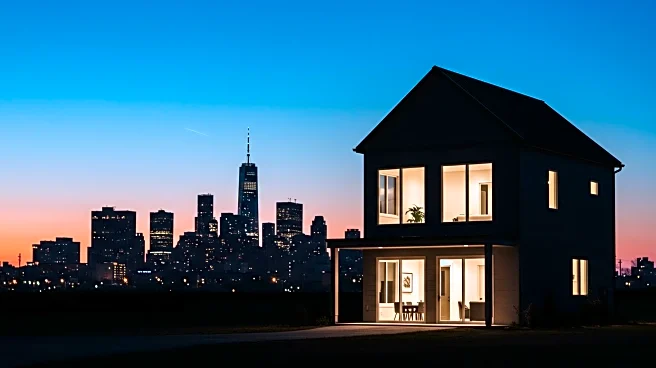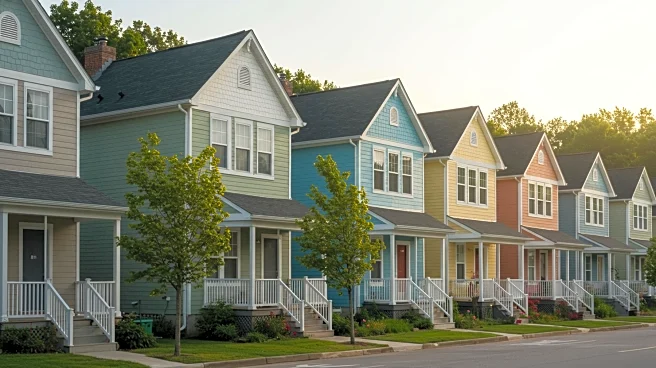Rapid Read • 8 min read
The price premium traditionally associated with new-construction homes is diminishing across the United States. According to a recent report by Realtor.com, median listing prices for new builds have decreased in 30 of the largest U.S. metropolitan areas during the last quarter. This shift is particularly evident in the South and West regions, where builders are offering incentives to make new homes more affordable. Historically, new-construction homes have been more expensive due to modern amenities, customization options, and rising material and labor costs. However, increased competition and weaker buyer demand have contributed to the decline in prices. Despite the overall higher price of new builds compared to existing homes, buyers are finding better value per square foot in new constructions.
AD
The reduction in new-construction home prices is significant for the housing market, which has been grappling with affordability issues exacerbated by the pandemic. With home prices having surged over 50% since the pandemic, the narrowing price gap between new and existing homes offers potential relief for buyers. This trend could help address the shortage of nearly 4 million homes in the U.S., as affordable new constructions play a crucial role in restoring market balance. Builders are responding to market demands by downsizing homes to cut costs, making them more accessible to new buyers. This shift could influence housing policies and economic strategies aimed at increasing homeownership rates.
Builders are expected to continue offering incentives and downsizing homes to maintain affordability and attract buyers. The ongoing delivery of new homes at a healthy pace, despite slowdowns in starts and permits, suggests that the market will continue to evolve. Stakeholders, including policymakers and real estate developers, may focus on strategies to sustain this trend and address the housing shortage. The impact on existing home prices and buyer preferences will be closely monitored as the market adjusts to these changes.
The trend of shrinking new-construction homes, known as shrinkflation, is making homes more affordable by reducing size and optimizing space. This approach reflects broader economic strategies to adapt to changing consumer needs and financial constraints. The cultural shift towards smaller, more efficient living spaces may influence future architectural designs and urban planning.
AD
More Stories You Might Enjoy










